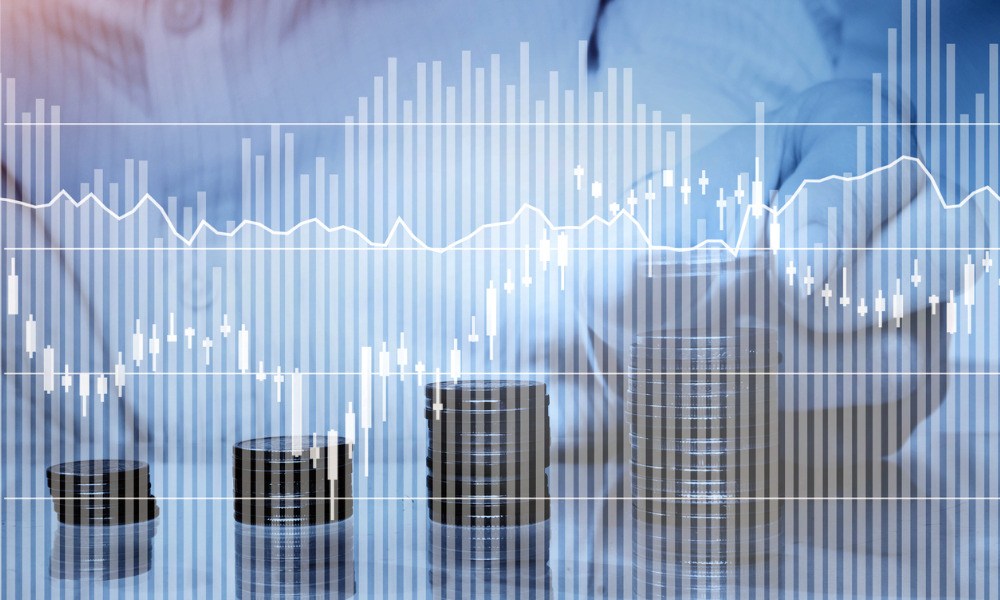Fears from excess money pumping into the economy isn't translating into purchasing pressure, analysis suggests

The heroic response mounted by governments and central banks around the world to the COVID-19 crisis could be seen as a display of both fear and courage. On the one hand, you have fear of the same economic devastation that scarred the world during the 2008 Global Financial Crisis; on the other, courage in the conviction that whatever happens next, it could not be worse than what would have been had lifelines not been quickly unspooled en masse.
While the massive coordinated monetary and fiscal stimulus might very well have been necessary medicine, there are still lingering questions on the side effects from the treatment. One concerns the prospect of inflation – could the large increase in money supply flowing through the economy lead to a later surge in inflation and, consequently, a rise in interest rates as central banks act to regulate it?
One analysis, offered by Jack Janasiewicz, CFA at Natixis Investment Managers, explains how the COVID-19 crisis could deviate from the expectations set by Milton Friedman, who once said “Inflation … is and can be produced by only a more rapid increase in the quantity of money than in output.”
Drawing from Bloomberg data, Janasiewicz noted that the M1 money in the U.S. saw a huge rise in early 2020, with an upward inflection point emerging in March just as the Federal Reserve made a “full commitment to new measures” in response to the COVID-19 crisis, and the CARES Act unleashing a US$2.2-trillion fiscal response was finalized.
Based on movements in U.S. aggregate income, personal income, and federal aid over the course of the pandemic in 2020, he found that income replaced by the government and income that would have been lost absent the government’s assistance are converging toward long-term trends of income. In other words, he said, government aid is generating no net new additional to personal income, and no new spending power.
“The Fed can lend, but it can’t spend,” Janasiewicz continued, noting that U.S. consumers and businesses can do three things – spend, save, or invest – with the money that the government has expeditiously put in their hands. “Spending it could lead to inflation. Investing it could lead to asset inflation. Saving it could lead to a lumpy mattress.”
Looking again at Bloomberg data, this time focused on U.S. personal savings, he found that all the money deployed has resulted in a savings buffer, perhaps reflecting people’s bearish expectations of the future.
“[S]avings rates naturally rise in recessions as consumers pare back unnecessary expenditures,” he said, adding that the COVID-19 public health and economic crisis has had the unique impact of creating forced savings as lockdowns curtailed normal work and consumption behaviours. “The key here is that income replacement got us back on trend, but has not resulted in a permanent shift higher in the personal income.”
Janasiewicz also noted that the current iteration of quantitative easing (QE) differs from that seen in the 2008 crisis, where the Fed’s bond purchases were used as an asset swap to stockpile bank reserves. Today, the money collected by the Fed isn’t passing through the banks, but is being handed to the government which will not hesitate to spend it back into the economy.
“[T]hus far the government has basically spent only what the private sector has lost as result of Covid-19. The net sum is zero,” he said. “If that net sum were to become positive, it’s a different story – and could change the outlook for inflation risk.”



